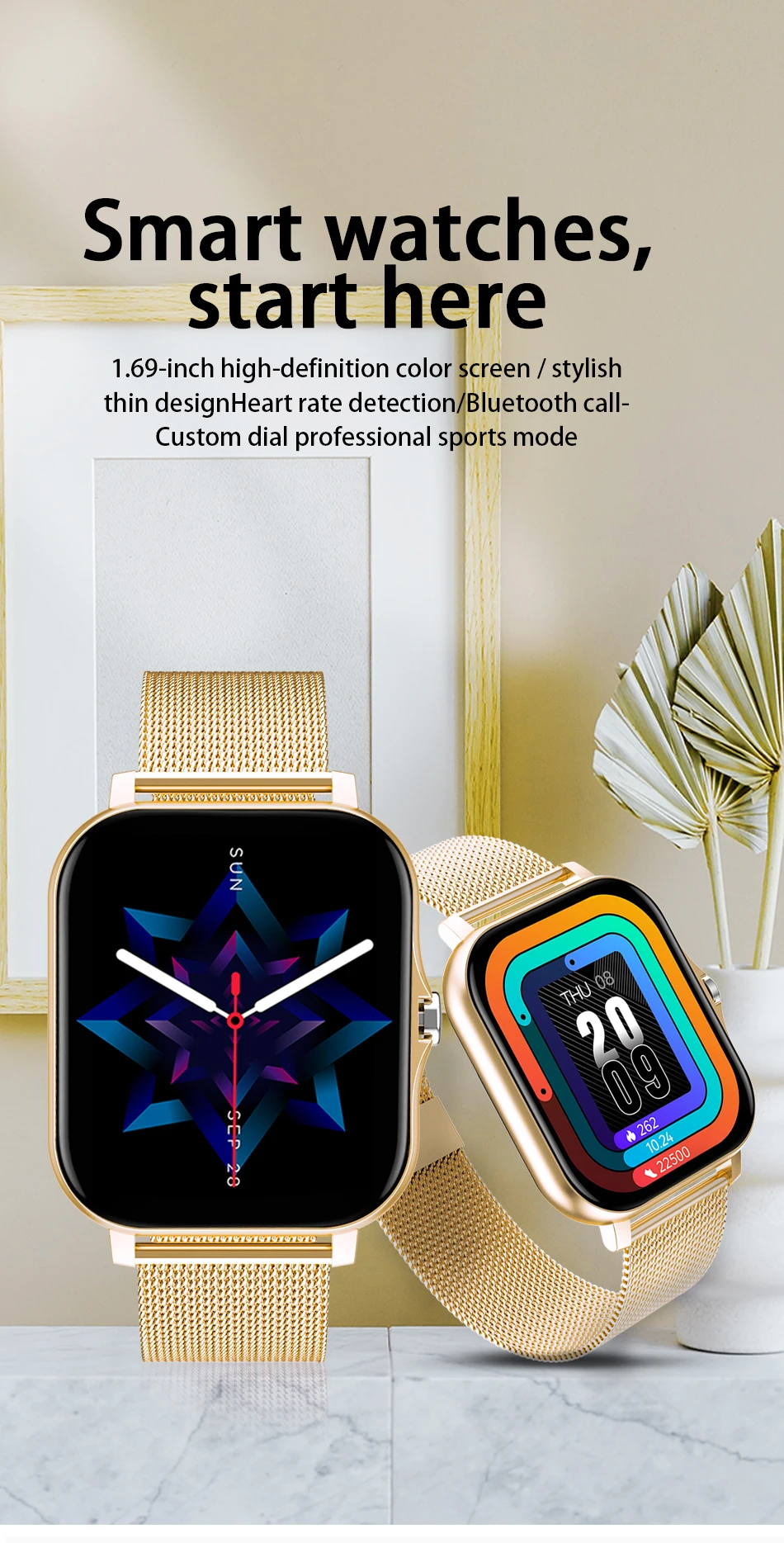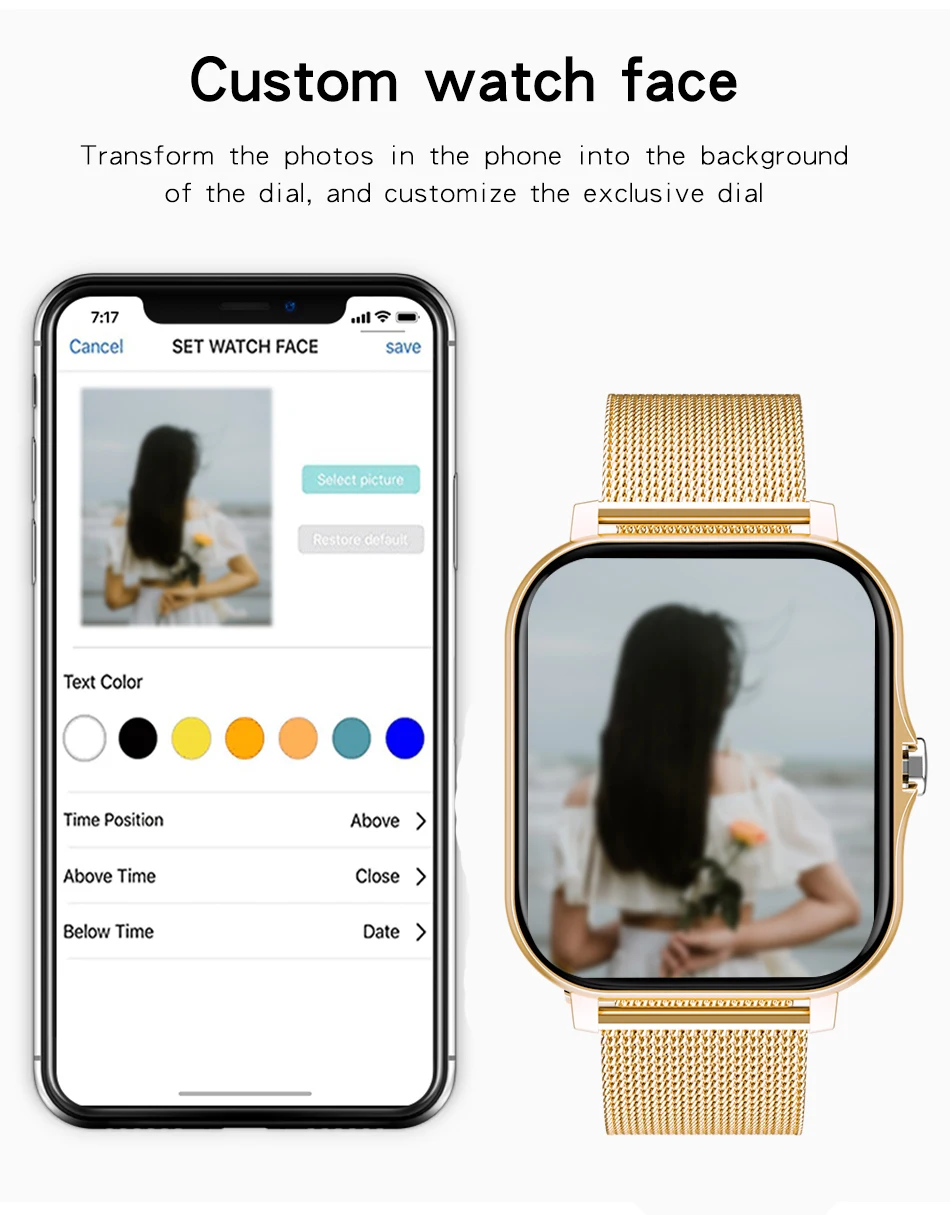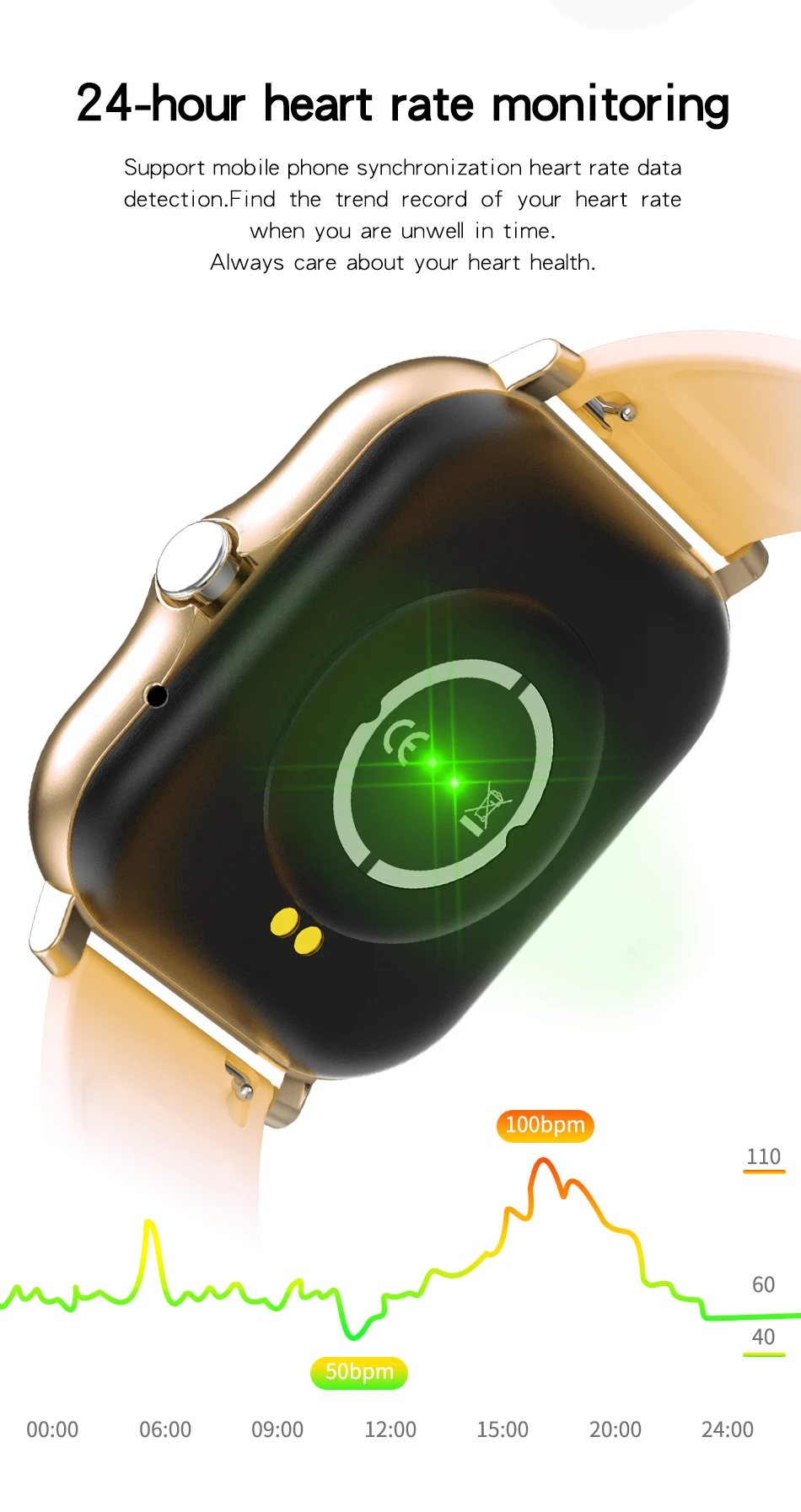Huami sent off two smartwatches under Amazfit's GT series last year - GTR 2 and GTS 2. We have already written about the GTR 2, and we were impressed with its design, OLED screen, user-friendly interface, and battery life that is longer than that of any smartwatch with an actual operating system.
Today, we have the GTS 2, which has a different design but shares many of the same internals as the GTR 2. Which one ought you buy then? To find out, I used the Amazfit GTS 2 for a few weeks.
The Amazfit GTS 2 is extremely lightweight and comfortable to wear both during a workout and at night, weighing 24.7 grams. The screen is covered in 3D glass, which blends in nicely with the sides and provides a seamless scrolling experience. Its main module is made of aluminum alloy. I have no issues with the GTS 2's smooth, detachable silicone straps of 20 millimeters.
The GTS 2 has a speaker on the left side and a physical button on the right. It is used to unlock the smartwatch, return to a previous menu, wake the screen and provide satisfactory feedback. It is also the only way to access all of the features on the GTS 2, just like it is on a few other Amazfit smartwatches. Even though you can change the double-press gesture to quickly launch an application. It opens the Workout app by default.
The gleaming backboard of the Amazfit GTS 2 is made of plastic and is home to charging connectors, a SpO2 sensor, and a BioTracker 2 PPG Natural Optical Sensor. These are positioned on an elevated plate, which ensures proper skin contact and aids in the prevention of grime buildup over time.
Additionally, the Amazfit GTS 2 has 5ATM water resistance, so you won't have to take it off your wrist when you go swimming or showering. However, I dislike the GTS 2's overall design. The smartwatch looks rich and has a little impression which might interest individuals with more modest wrists, however, it feels sensitive, and a couple of individuals even inquired as to whether it's a children's/ladies' smartwatch. And if you want to stay away from that, you should look elsewhere.
Display:
The Amazfit GTS 2 has a 1.6-inch Always-On AMOLED display with a resolution of 348 x 442 pixels. The display is protected by the so-called diamond-like carbon coating (DLC), which makes it resistant to scratches and wear.
The panel is very bright, and even with the brightness set to 100%, I was able to see the content on the screen even in bright sunlight without much trouble. It doesn't have the most advanced technology, but it does the job.
At the time of writing this review, the Zepp app supports over 60 watch faces. These watch faces are categorized as follows: Digital Dashboard, Fashion Pioneer, Exercise & Health, Traditional & Classic, Artistic & Creative, and Multiple Features. I like most of them, but if you don't like what's offered, you can upload a picture from your paired smartphone to the Zepp app to make your own watch face.
Having said that, some of the available watch faces are customizable, allowing you to choose the information that will be displayed on the face. Additionally, the majority of watch faces are compatible with a matching Always-On Display (AOD), which means that the watch face displayed on the AOD and the home screen appear identical.
The Consistently In plain view can likewise be turned on/off consequently at a given time day to day. The timing can be modified from the Zepp application as well as the GTS 2. Additionally, AOD provides you with three watch face designs: the Follow Watch Face, the Digital Watch Face, and the Pointer Watch Face.
Software To set up the Amazfit GTS 2, sync data, and alter its settings, you must download the Zepp app to your smartphone. The smartwatch is compatible with Android and iOS devices.
The Zepp app used to be called Amazfit until last year, but even after the rebranding, not much has changed on the inside. There are still shortcuts for some settings in the app, and the ones that aren't supported by the wearable are grayed out rather than hidden.
Amazfit should have updated the app's design by now to provide a better user experience after the rebranding, but the fact that they haven't yet could send the wrong message to their current and potential customers.
However, the GTS 2's custom OS is responsive, has a straightforward user interface, and functions similarly to GTR 2: The Notification Center can be accessed by swiping up on the home screen, while the battery percentage, weather, and connection status can be viewed by swiping down. These settings are spread out over a few pages that can be scrolled horizontally. It would have been nice if users could customize these shortcuts in a way that is similar to how Android devices work. However, that's too much to expect from a smartwatch that runs RTOS.
Having said that, you can access the PAI, Activity Goal, Heart Rate, Weather, and Music Control pages by swiping left on the home screen. You can tweak these Fast Access Applications and improve their request by going to the Settings > Client inclinations > Speedy access application menu on the GTS 2.
By default, Shortcut Cards like Music Control, Alarm, Weather, PAI, Heart Rate, Activity Goal, and SpO2 are displayed when you swipe right. In the Zepp app, go to the Profile tab > Amazfit GTS 2 > Shortcut Cards menu to change this to your liking.
You must rely on the physical button to access all features, and settings, and start a workout. You can also use it to go directly to the home screen if you don't want to use multiple right swipes in the UI to go back to a previous screen.
It is wasteful to limit access to the app list to pressing a button, which results in a less-than-pleasant experience. Amazfit could have used a left/right swipe gesture for the app list instead of Quick Access Apps or Shortcut Cards, which both serve the same purpose.








0 Comments